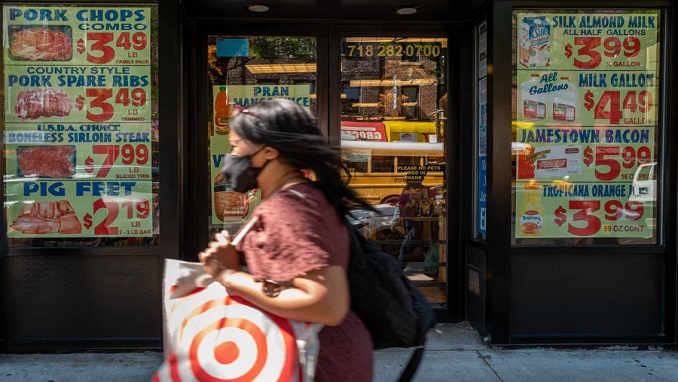
As energy costs fell last month, inflation decreased, providing hope that a spike in price hikes may have crested, POLITICO reported. Consumer prices increased by 6.3% from a year earlier in July, following a 6.8% annual gain in June, according to data released by the Commerce Department on Friday and carefully followed by the Federal Reserve.
This is the largest increase since 1982. Energy costs were the deciding factor in July since they decreased after rising in June.
After increasing 4.8% in June, the so-called core inflation rate, which does not include the volatile costs of food and energy, increased 4.6% last month. Inflationary pressures may be beginning to diminish, according to the decline and a dip in the consumer price index reported by the Labor Department last month.
Consumer prices actually decreased 0.1% on a monthly basis between June and July, according to data from the Commerce Department, AP reported. Core inflation, however, ticked up 0.1%.
As the economy quickly recovered from the brief but severe coronavirus recession that had occurred the previous year, inflation began to rise dramatically in the spring of 2021. Inundated companies, ports, and freight yards were unable to keep up with the surge in client demand, which resulted in delays, shortages, and increased costs. The Russian invasion of Ukraine increased the price of food and energy globally, which has contributed to the world’s ongoing inflation crisis.
Comparatively fewer people are more familiar with the personal consumption expenditures (PCE) index from the Commerce Department than the consumer price index from the Labor Department (CPI).
The Commerce index tries to quantify how customers react to rising prices by, for example, replacing less expensive store brands for more expensive name brands, but the Fed favors the PCE index as an indicator of inflation pressures, in part because it does this.
As an example, last month, CPI was running at an annual pace of 8.5% after reaching a four-decade high of 9.1% in June. CPI has been displaying stronger inflation than PCE. One factor is that rents, which have increased significantly this year, are given higher weight in the Labor Department’s index.
Additionally, the Commerce Department revealed on Friday that after accounting for inflation, Americans’ after-tax personal income increased 0.3% from June to July. After taking into account rising prices, consumer expenditure grew by 0.2% last month.
The Fed was sluggish to act when inflation started to rise because they believed it was a transient side effect of supply chain delays. However, the U.S. central bank acted hastily and increased its benchmark interest rate four times since March as prices continued to rise.

Be the first to comment